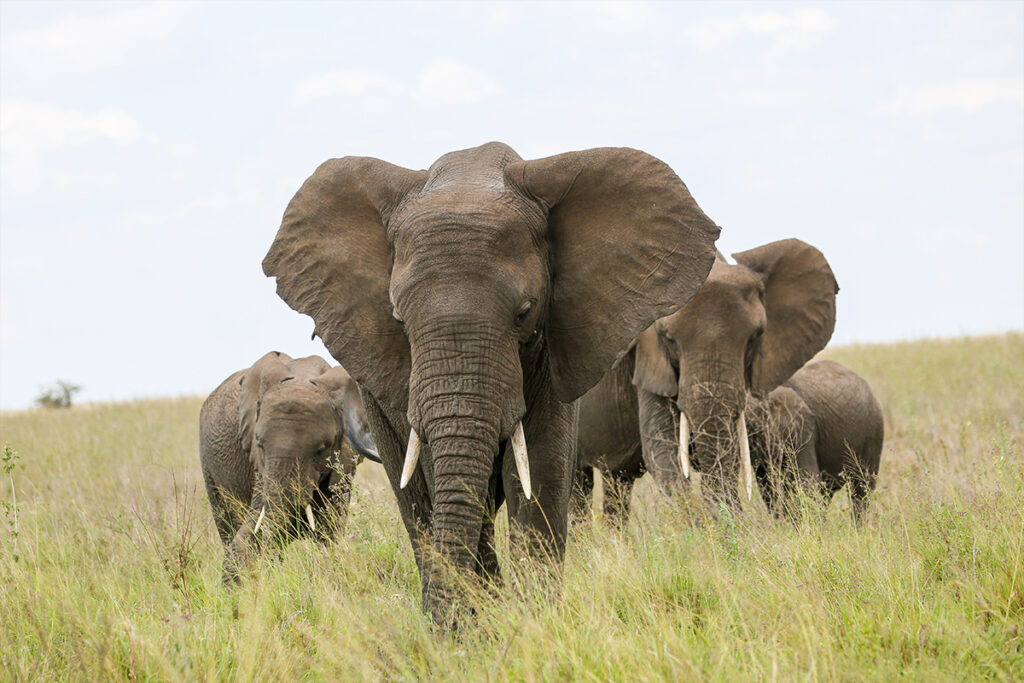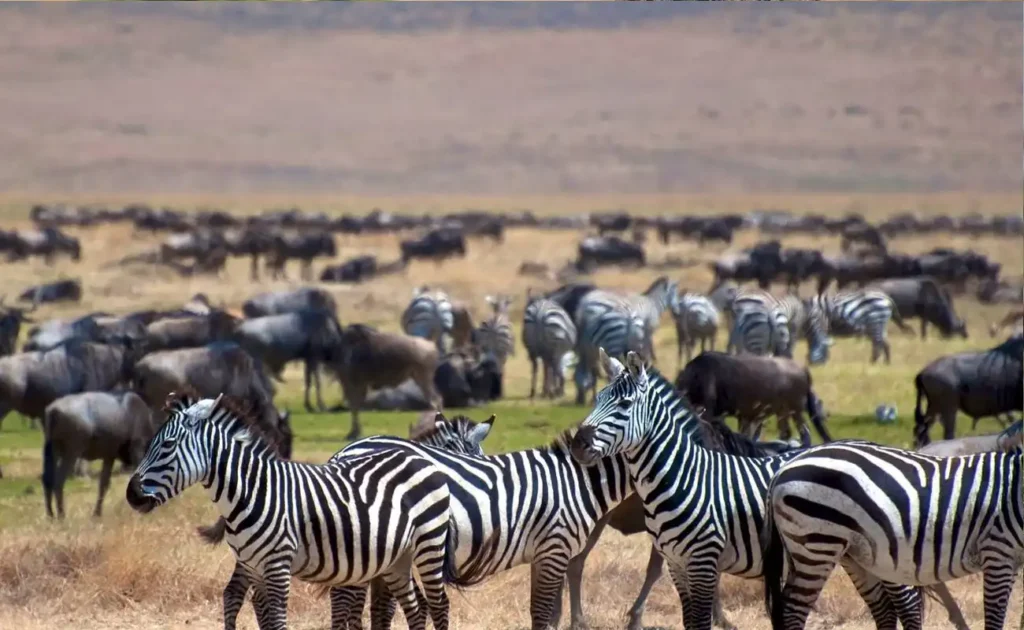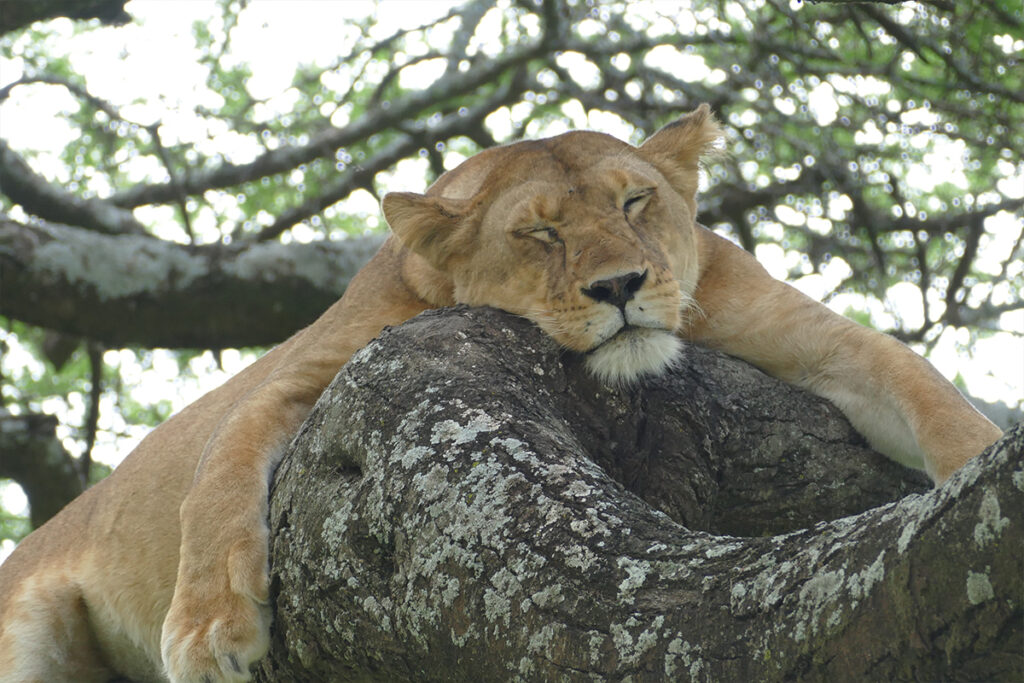The echo of wildebeest hooves lingers uniquely in the air from June to September as millions migrate across the Serengeti—undeniably a breathtaking spectacle and nature’s very own calendar alert. Optimum safari conditions benefit from reduced rainfall, manageable temperatures, and abundant wildlife visibility, perfect for those searching for a glimpse into Tanzania’s wilderness. Yet, each season is artistically designed by Mother Nature to appeal to distinct preferences and phenomena.
Historically, Tanzania’s climate has charmed safari-goers for decades, welcoming travelers with dry months illuminating the land’s raw beauty. Interestingly, the Great Migration—a phenomenon echoed in tales of awe—peaks around July. However, for those enchanted by rare bird species, the “green season” from November to March offers a vibrant alternative. Each period holds its own treasure trove of experiences, proving that safari timing can be both an art and a science.

When is the best time to go on a Tanzania safari?
Experiencing a Tanzania safari is like stepping into a wildlife documentary. The best time to visit often depends on what you want to see. From June to September, the dry season brings animals out as they seek water, making this a great time for viewing. The famous Great Migration happens during these months too, with wildebeests and zebras traveling across the plains. If spectacle and excitement appeal to you, this is certainly the peak time to plan your trip.
However, don’t overlook the “green season,” from November to March. This time of year sees fewer crowds, providing a more peaceful experience. The landscape transforms into lush greenery due to the short rains, and bird watchers will find joy as migratory birds flock here. Calving season also occurs, and seeing newborn animals can be quite charming. Just remember, some lodges and roads might be less accessible because of the rain.
Weather can make or break your trip, so keep an eye on it. June through October offers cooler temperatures and clear skies—ideal for daily game drives. During this period, nights can be chilly, so pack warm clothes. In contrast, November through March brings warmer days, but you’ll deal with occasional downpours. This mix of weather conditions provides enriching experiences, defining the essence of your safari adventure.
Every month offers its own unique wonders, and deciding when to go boils down to personal preference. While some people prefer the action of peak season, others enjoy the serenity of the green months. Here’s a quick list of what to expect in different seasons:
- **June to September**: Great Migration, drier conditions, easier wildlife spotting.
- **October to December**: Fewer tourists, shoulder season, short rains.
- **January to March**: Calving season, lush vegetation.
The choice is yours, based on what kind of safari magic you’re looking for.
Overview of Tanzania’s Climate
Tanzania’s climate features varied conditions influenced by its location near the equator. Generally, the country experiences two main seasons: dry and wet. The dry season spans from June to October, characterized by cooler temperatures and little rain. During November to May, the wet season is divided into two, with short rains and long rain periods. These variations create a dynamic atmosphere, making planning essential for a memorable trip.
The coastal regions of Tanzania, including Zanzibar, feel more humidity due to their proximity to the Indian Ocean. Here, temperatures stay warm throughout the year, often reaching 30°C (86°F) or higher. Offshore breezes usually provide some relief from the heat, especially in the evenings. Further inland, the temperatures tend to be more moderate. Whether in the Serengeti or Kilimanjaro, the elevation can influence the climate noticeably.
In the northern part, areas like the Serengeti and Ngorongoro Crater showcase pronounced seasonal patterns. During the dry months, the landscape appears more arid, but wildlife is plentiful. The wet season, especially around March to May, brings nourishing rains, turning the vistas into a lush paradise. These seasonal rains can occasionally make some roads challenging for travel. Nonetheless, they also signal the vibrancy of the local flora and fauna.
Tanzania’s climate is further diversified by its geography, with varied elevations affecting temperatures. To understand the weather better, here’s a quick table of average temperatures in different regions:
| Region | Temperature (°C) | Rainfall (mm) |
|---|---|---|
| Coastal Areas | 27-32°C | 1000-1800 |
| Central Plateau | 20-27°C | 300-800 |
| Northern Highlands | 10-20°C | 500-1600 |
These details help travelers decide the best time and place for exploring Tanzania’s wonders.
Factors to Consider When Planning a Tanzania Safari
When planning a Tanzania safari, timing is crucial. The Great Migration happens between June and September, offering an unparalleled wildlife spectacle. However, this also means that it’s the peak season, leading to higher costs and more tourists. If you seek solitude, the off-peak months might suit you better. It’s essential to balance your desire for wildlife viewing with the type of experience you want.
Budget is another significant factor. Safari costs can vary widely depending on the time of year, type of accommodation, and length of your safari. Luxury lodges offer all-inclusive packages but come at a premium. On the other hand, budget campsites provide basic needs and a more rugged adventure. Knowing your budget helps narrow down your options.
The types of activities you wish to undertake will also guide your safari plans. For instance, game drives are popular, but some may prefer walking safaris. Bird watching is best during the green season when migratory birds arrive. Additionally, some areas offer cultural tours, allowing you to interact with local tribes. Creating a list of must-do activities ensures your safari aligns with your interests.
- Game Drives: Excellent year-round.
- Walking Safaris: Best in dry season.
- Bird Watching: Ideal during the green season.
- Cultural Tours: Available in various regions.
Health and safety precautions are paramount for a successful trip. Tanzania is a malaria-prone zone, so taking preventive medications is advised. Additionally, vaccinations for diseases like yellow fever may be required. Preparing a health kit with essential medicines can be handy. Plus, knowing emergency contacts and local embassy details is wise. Safety ensures peace of mind during your adventure.
Understanding Peak Safari Seasons in Tanzania
Peak safari seasons in Tanzania are strongly influenced by wildlife patterns and climatic conditions. The most popular time is the dry season, from June to October. During these months, water sources shrink, causing animals to gather around waterholes. This leads to easier game spotting, attracting numerous wildlife enthusiasts. The Serengeti is particularly famous this time of year, with the Great Migration drawing much attention.
As the dry season offers many benefits, it also results in crowded parks and premium prices. Visitors should book accommodations and tours well in advance. Parks like Ngorongoro Crater may resemble busy tourist spots, bustling with jeeps and travelers. However, the abundance of visible wildlife often justifies the crowds. For many, sharing these experiences adds to the magic!
In contrast, the “green season” from November to March presents a different, vibrant perspective. This period sees fewer tourists and is marked by lush landscapes and rejuvenating rains. Migratory birds return, creating a haven for bird watchers. Also, the calving season begins, offering a chance to see newborn animals up close. Though rains may cause some logistical challenges, they adorn the scenery beautifully.
April and May, considered the long rainy season, are typically off-peak. Many lodges close temporarily, and the weather can make travel a bit tricky. However, for those who venture during these months, the parks are quieter and offer a rare form of serenity. Some accommodations offer discounts to attract visitors. The countryside in bloom can make the risks worthwhile as well.
Each safari season in Tanzania offers unique experiences. While the dry season provides classic safari scenes, the rainy months showcase the land’s lesser-seen beauty. To help decide, consider which wildlife events or weather conditions align with your interests. Here’s a simple breakdown of what to expect:
| Season | Months | Main Attractions |
|---|---|---|
| Dry Season | June – October | Great Migration, Waterhole Gatherings |
| Green Season | November – March | Bird Watching, Calving Season |
| Long Rainy Season | April – May | Quiet Parks, Blooming Landscapes |
Choose the time that aligns with your desire for adventure and discovery.
Key Takeaways
- The dry season from June to October is the best for wildlife visibility.
- The green season, November to March, offers fewer crowds and vibrant scenery.
- Bird watching is prime during the green season with many migratory birds.
- The Great Migration, a highlight, occurs mainly during the dry season.
- Long rainy season in April and May brings tranquil parks and blooming landscapes.
Conclusion
Choosing the best time for a Tanzania safari hinges on what you hope to experience. Whether it’s the bustling activity of the Great Migration or the peaceful scenes during the green season, each period offers its own unique charm. Balancing factors like wildlife events, weather conditions, and personal preferences will ensure a memorable adventure.
Experts agree that thoughtful planning is key to maximizing your safari experience. Be mindful of seasonal changes and the impact they have on both the environment and animal behavior. By doing so, you’ll be prepared for an unparalleled journey through Tanzania’s remarkable landscapes.



